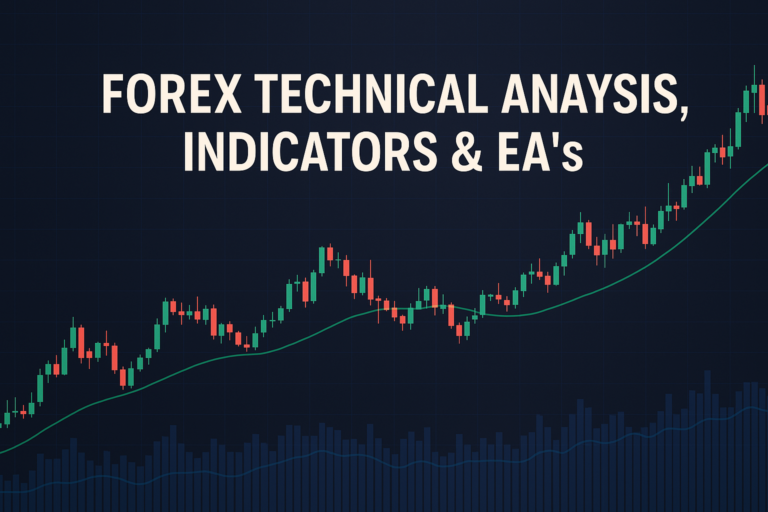
Delayed Order Execution can be a frustrating issue for traders, but with the right knowledge and tools, it can be managed effectively.
In the fast-paced world of Forex trading, timing is everything. Yet, many traders face a frustrating problem known as Delayed Order Execution. This issue can lead to missed opportunities and unexpected losses. It occurs when a trader’s order is not executed at the expected time, causing confusion and anxiety.
Both beginners and experienced traders struggle with Delayed Order Execution. Imagine placing a buy order for a currency pair only to find out that the market moved against you while you waited for your order to go through. Understanding this issue is crucial for successful trading. It can help you minimize losses and make better decisions in the future.
Sometimes, you may find that your broker is preventing stop-loss adjustments on open trades. This adds another layer of frustration to the trading experience, making it even harder to manage your positions effectively.
Understanding the Problem
Delayed Order Execution occurs when there is a lag between placing an order and its actual execution. This can happen for several reasons. Technical issues, such as slow internet connections or server problems, are common. Market-related reasons, like high volatility or low liquidity, can also lead to delays.
For instance, imagine you’re trading the EUR/USD pair. You decide to sell when the price hits 1.2000, but due to market volatility, your order doesn’t execute until it’s at 1.1980. This 20-pip difference can result in a significant loss. It’s crucial to recognize when Delayed Order Execution is happening to adapt your strategy accordingly.
Solutions for Delayed Order Execution
To combat Delayed Order Execution, follow these steps:
Step 1: Choose a Reliable Broker
Make sure your broker has a good reputation for order execution speed. Check reviews and ratings.
Step 2: Optimize Your Internet Connection
A stable and fast internet connection is essential. Consider upgrading your service if you experience frequent drops.
Step 3: Use a Virtual Private Server (VPS)
A VPS can help maintain a stable connection to your broker’s server, reducing execution delays.
Step 4: Avoid Trading During High Volatility
High volatility can lead to delays. Try to avoid trading during major news releases or economic events.
Step 5: Set Realistic Expectations
Understand that delays can happen. Be prepared for them in your trading plan.
Step 6: Monitor Order Types
Use market orders for immediate execution, and limit orders when you are willing to trade at a specific price.
Step 7: Analyze Market Conditions
Keep an eye on liquidity conditions. Trading during off-hours may lead to more delays.
For traders interested in more specific insights, check out our USDJPY Analysis June 13, 2025 to see how market conditions can affect order execution.
Frequently Asked Questions
How do I detect this issue in real-time?
Monitor the execution speed of your trades. If you notice a pattern of delays, it’s time to investigate further.
Can brokers legally do this?
While brokers are allowed to execute trades, they must provide transparent information about their execution speeds. If you notice consistent delays, consider switching brokers.
What tools can I use to prevent this?
Utilize trading platforms that provide real-time order execution metrics. This can help you identify issues before they become significant problems.
Is this problem more common in specific market conditions?
Yes, Delayed Order Execution often occurs during high volatility or low liquidity periods. Be mindful of these conditions.
How can I minimize losses due to delayed execution?
Implement tight stop-loss orders and trade smaller positions to manage your risk effectively.
What are the signs of a reliable broker?
Look for positive user reviews, fast execution times, and transparent fee structures.
Can I claim losses due to delayed execution?
While it can be challenging, documenting your trades and delays may help you seek compensation from your broker.
Conclusion
Understanding Delayed Order Execution is vital for every trader. Recognizing the signs and implementing the right strategies can help you manage or even avoid this issue. Stay informed about market conditions and broker performance to improve your trading experience.
Sticking to good practices and being proactive can keep you on the right path. Remember, every trader faces challenges, but learning from them is what makes you successful.
Recommended Next Steps
To further enhance your trading experience, consider the following steps:
- Research Brokers: Look for brokers with low latency and good execution speeds.
- Stay Informed: Keep updated with market news to anticipate volatility.
- Practice Risk Management: Always use stop-loss orders to protect your capital.
- Join Trading Communities: Engage with other traders to share experiences and tips.
Want to level up your trading skills? Check out trusted insights from TradingView, Bloomberg
Expand Your Knowledge
- 📌 Forex Trading Learning Road Map
- 📌 Forex Trading Course with no Fees
- 📌 Forex Trading Issues, Problems, and Solutions
- 📌 Forex Daily Forecast & Live Updates
- 📌 Forex Fundamental & News Analysis: Tomorrow’s Market Movers & Trade Opportunities
- 📌 Forex Education Hub: Learn & Profit
- 📌 Forex Technical Analysis, Indicators & EA’s
Start Trading Today
Ready to take your forex trading to the next level? Open an account with Exness, one of the most trusted platforms in the industry. 👉 Sign Up Now and trade with confidence!
My recommended broker stands out with ultra-low spreads for beginners, instant withdrawals, and zero spread accounts for pro traders.
Trusted since 2008, lightning-fast execution, no hidden fees, and a secure, transparent trading environment—giving you the edge you need to succeed. 🚀
YouTube Video Library: Related Videos
Note: The video above is embedded from YouTube and is the property of its original creator. We do not own or take responsibility for the content or opinions expressed in the video.





